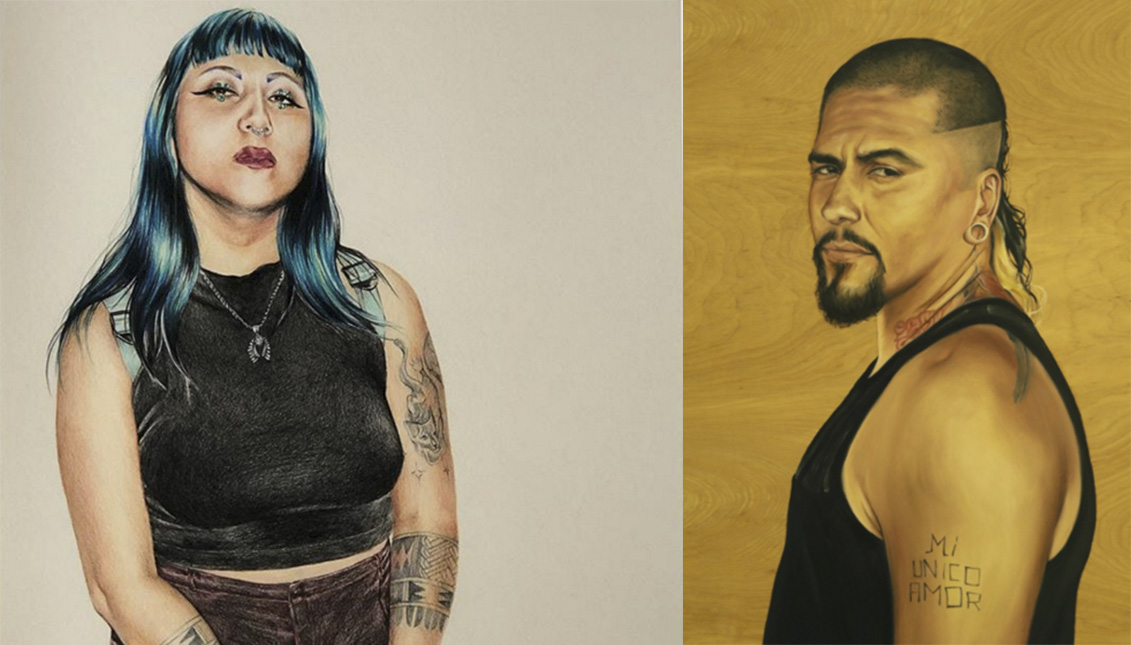
The 'punk' art of Shizu Saldamando: The Latin experience is more than just trauma
The portraits of Chicana Shizu Saldamando are admired at the Oxy Arts gallery in Highland Park, Los Angeles, where she is an artist in residence.
Shizu Saldamando says she is "like a unicorn." Born from a Chicano father and an Asian American mother, the San Franciscan artist carries the "mestizaje" in her blood, as well as the music and underground culture she grew up with as a child, listening to The Banshees, or in books and series like "Teen Angels" and "The Gangland," which gave her a taste for street and prison art.
Although now her portraits are other, more leisurely, of artists who have become "adults" and belong to her circle of friends - Saldamando is 41 and her son is three - in her twenties and thirties, she lived and survived the LA music scene and made it part of her work.
Where cigarettes, alcohol, piercings and, in short, the 'wild punk of the late 90s' and the Latin clubs are intermingled with her Chicano and Oriental roots, trying to integrate this mestizo identity in more ways than one and, in the process, give a twist to the narrative.
"When I started doing portraits in art school I was hyper-conscious of the problems of exoticism for being an Asian woman," she tells LA Times. "I'm not trying to do some Larry Clark 'look at these kids' things."
For Shizu, the experience of being Latina and racialized is complex. Her works are snapshots of her life that grow with her as she looks into other faces of "self-made people," who "are already like art," and she does so in a style that moves between pop, figurative Chicano art, and minimalism.
RELATED CONTENT
Is Latin art always political? Moreover, do we need more works about the struggle of immigrants, asked the artist, and answered herself: "The Latinx experience is more than trauma."
While music and clubs in Los Angeles are the best antidotes to many problems:
"Music is people coming together and connecting and going crazy and releasing trauma. It's a community thing - getting drunk and releasing tension."
Saldamando became known in the exhibition "Ghost Sightings: Art After the Chicano Movement," (2008) in Los Angeles. By then, she was already notable for her use of Cholo and Chicano symbols, Aztec images, and prison and street art.
Now she has also started tattooing and is teaching courses in Japanese crafts, such as paper wreaths that replaced the real ones at funerals held in internment camps for Japanese in the United States - her maternal grandparents were prisoners during World War II and "are still dealing with the trauma," she recalls.
To appear in her portraits there is only one requirement...
"They don't have to be exceptional people of color. They don't have to be organizers. They don't have to be dead. They don't have to be martyrs. They just have to be like-minded," she concludes.











LEAVE A COMMENT:
Join the discussion! Leave a comment.